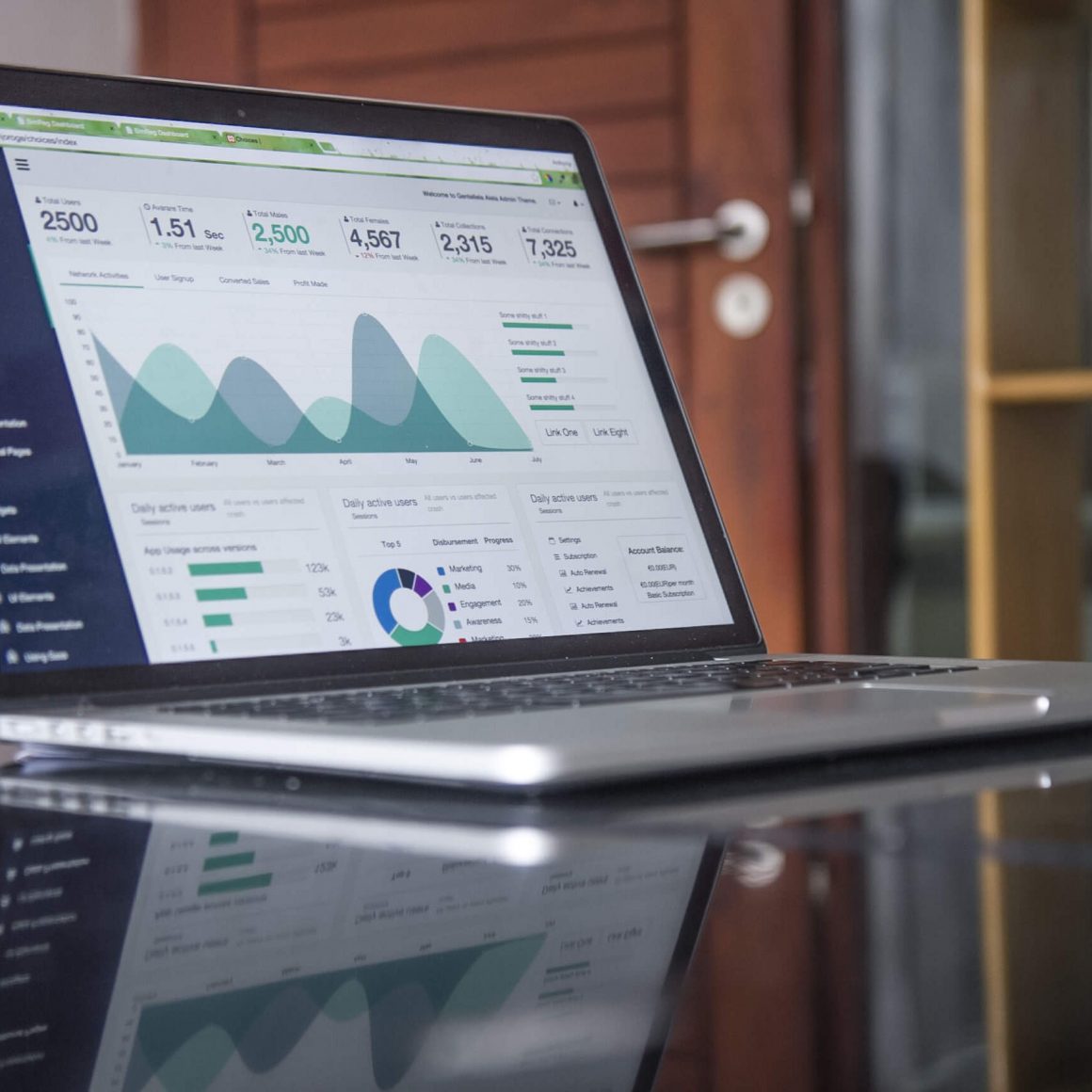In the online world there are millions of people scrolling through a multitude of webpages every day. Visitors of websites may only be there for a few moments before clicking out of the webpage.
The definition of the Google Analytic bounce rate refers to the percentage of visitors to your page who only have a single interaction before leaving that one page. Other interactions with the page such as them further clicking multiple links on your website is then no longer considered a bounce and that’s a good thing! It showcases that they are engaged and further exploring your website.
Good and Bad Bounce Rate
As a website owner, your website bounce rate can either be considered good or bad depending on what has occurred. Many website owners will try for a lower bounce rate which showcases a minimized one-page single use but indicates that visitors are further exploring their pages.
As a website owner you want to engage your readers to further click on anything else on your page–links, events, images–it cuts down the bounce rate and optimizes the visitor result on your website. A good bounce rate also improves your conversion rate.
There are however, a variety of reasons why your webpage may have a high bounce rate;
- A user is researching and comes across your page, but as they click on it takes more than a few seconds to load causing them to exit your webpage.
- A user is looking up the answer to a question and clicks on your blog page–after getting their answer they leave your webpage.
- A user is scrolling through one of your pages when suddenly their web browser shows that there has been an error leading them away from your webpage.
There are a multitude of reasons as to why bounce rates might occur. Some bounces however are considered bad for example having a long loading time for the page which reflects poorly on your website.
Good bounces could still be considered bad to the extent that your website failed to engage the user to look at your website further. There are a multitude of ways to reduce bounce rate and make your blog engaging so you attract more to people to stay longer on your website.
Event Tracking
What is event tracking? Event tracking is another form of tracking offered by Google Analytics that allows you as website owner to track user engagement and reduces the ambiguity of if the bounce rate is good or bad. Some things that you can do with event tracking:
- You are able to track clicks within your website as well as outsourced clicks. This gives a better indication as to whether or not the bounce rate is good or bad.
- Tracking PDF and media downloads from your website
- The movement from one page to another
- Monitoring specific pages that are high traffic with user engagement–“contact us”
Event tracking does require additional programming that can be done on your site as well as with Google, but it is worthwhile as you improve your website! Being able to see the areas that lack user engagement is an indication that change will be worthwhile in the long haul.
Improving Your Website
Having a greater blog optimizes your website to the point where it engages users to further veer off that one page and going to another to see what you offer. There are few general rules of thumb when it comes to web writing all of which can either increase or reduce your bounce rate–we’re going for the latter. Here are 5 essential tips to improve your website:
- Page Loading – one of the most frustrating things as a user when scrolling through the web is a slow loading webpage (talk about a patience killer). This increases the probability of people leaving your website for another and chances are if one person is having this problem many other people are too. Living in an age where we are so used to being able to research anything in a few seconds as website users we have to match that! Invest in optimizing your program to one that allows users to come and read with having to wait.
- Hyperlinks – hyperlinks are one of the easiest ways to engage your reader. Having at least one that is connected to your website as well as having it open in a new tab already brings them to exploring two pages on your website. Consider this when talking about photography (link to a gallery) or a glossary.
- P-E-R-S-O-N-A-L-I-T-Y – especially as a blogger you want to keep your tone conversational yet informal depending on what you are writing about. Talk to your reader as if you were having a proper conversation. Draw them in with your words and capture they with your content!
- Focus on a specific topic – honing in on the content you are writing makes your website more knowledgeable and reputable. Your goal for your website should be to inform your readers in an area and later branching out depending on where you want to grow further. For example, a food blog can write reviews on food but also relate it back to things that pertain to food such as recipes. Search engine optimization tools can help to show the exact metrics of keywords and phrases that your audience is searching for. That helps you hone in on your main traffic source.
- Create a clean website – there is nothing more frustrating that being interrupted by a series of ads and email sign-up pop ups when trying to read an article. Keep your website as clean as possible – minimize the amount of pop-ups which turns your reader away from your site and can increase the bounce rate.
Bounce Rate Percentages
The general rule of thumb with bounce rate is anything above 20% is good; below 20% indicates a lack of engagement; and 90% and above signifies many problems with your website. Keeping a steady rate of between 20%-50% is good. It shows the average bounce rate that occurs and although 50% can be considered average there is still the ambiguity of the reason that caused that bounce rate. Reducing bounce rate to optimize your web analytics is a great way to ensure that your lead generation techniques are working.



